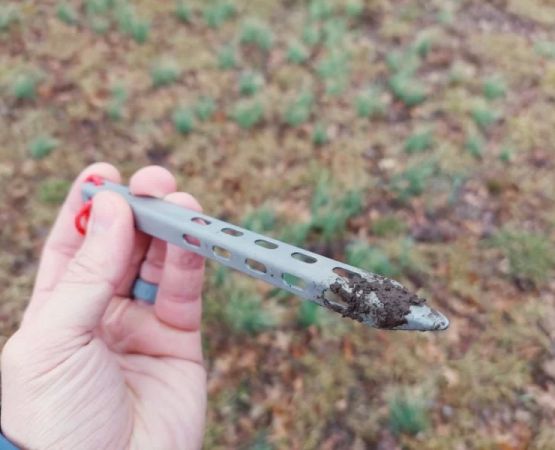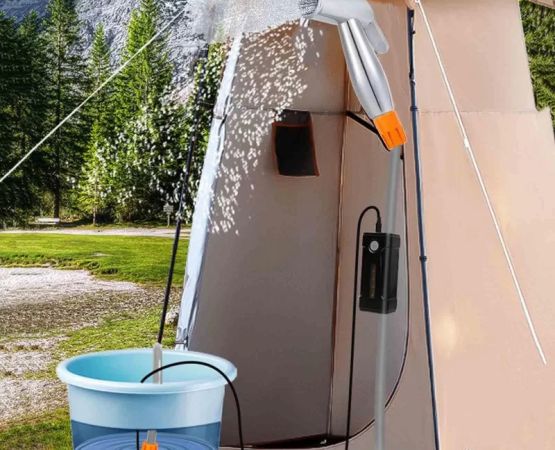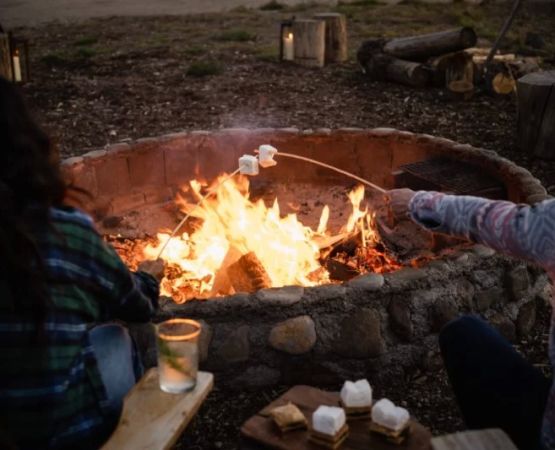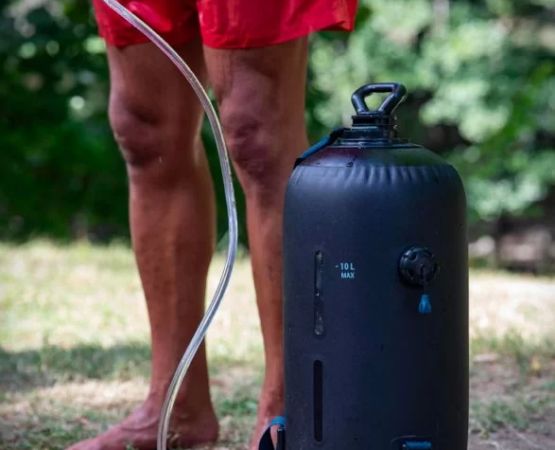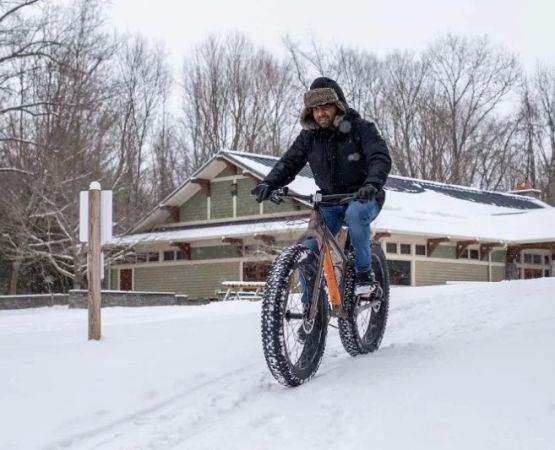- connecting-nature-and-creativity-through-outdoor-art
- how-outdoor-art-promotes-deep-relaxation
- stimulating-creativity-in-open-air-environments
- real-world-experiences-in-the-field-of-outdoor-art
- tips-to-make-the-most-of-your-outdoor-art-practice
- explore-outdoor-art-possibilities-with-pine-cliff-resort
1. Connecting Nature and Creativity Through Outdoor Art
Outdoor art is more than just painting in the sunshine. It's a blend of nature, inspiration, and mental wellness. When artists step outside their studios and into a forest, a meadow, or even a park bench, something shifts. The surroundings not only influence the palette and perspective, but also unlock a sense of freedom and focus that’s hard to find indoors. In an age where screen fatigue is real and the pace of life is intense, creating art outside reconnects us with both the earth and ourselves.
2. How Outdoor Art Promotes Deep Relaxation
2.1 Engaging the Senses in a Calming Way
Unlike a fluorescent-lit room, nature naturally invites stillness. The rustling of leaves, birdsong in the background, and the scent of fresh air work together to lower cortisol levels. When you’re focused on sketching a mountain ridge or painting wildflowers, your breathing slows and your mind enters a state of flow—one of the most deeply relaxing mental states possible.
2.2 Slowing Down Through Intentional Observation
Outdoor art forces you to slow down. You observe how light hits water at noon versus dusk, how trees sway differently in the wind, or how clouds shift colors every minute. This type of mindful attention calms the nervous system and offers a form of active meditation, where each brushstroke or pencil mark becomes a grounding act.
2.3 Disconnecting from Digital Noise
When you're outside with a sketchbook or canvas, you naturally disconnect from your phone, email, and other digital distractions. This break from overstimulation allows your mind to decompress, recharge, and find inspiration in real textures, colors, and natural compositions.
3. Stimulating Creativity in Open-Air Environments
3.1 Breaking Routine Sparks Innovation
Working in nature removes the boundaries of the studio, challenging artists to adapt to changing light, weather, and surroundings. This unpredictability often leads to new techniques and fresh perspectives. A watercolorist might embrace looser strokes due to wind, or a photographer might discover abstract patterns in fallen leaves after rain.
3.2 Nature as a Creative Collaborator
Natural environments can become part of the process. Some artists use sticks instead of brushes, mud for pigment, or even leaves and shadows in their compositions. This playful experimentation keeps the creative process spontaneous and vibrant—exactly the energy needed to break through creative blocks.
3.3 Group Art Outdoors Enhances Shared Creativity
Outdoor painting sessions or nature-inspired workshops often bring people together. Whether it’s a plein air retreat or a sculpture walk, group engagement in natural settings adds a social element to the artistic process. This sense of community encourages idea-sharing and can reignite dormant creative sparks.
4. Real-World Experiences in the Field of Outdoor Art
In spring 2023, a viral Instagram reel featured an artist painting massive canvases on a mountaintop in Colorado. She spoke of how altitude and silence sharpened her perception—and how the unpredictability of sun, wind, and clouds added texture and story to each piece. Her following exploded, not because of perfection, but because of authenticity.
Similarly, a group of veterans in Oregon found healing through a weekly outdoor art program. Many of them struggled with PTSD, and while traditional therapy offered mixed results, the combination of fresh air, creative expression, and quiet companionship offered a therapeutic path forward.
5. Tips to Make the Most of Your Outdoor Art Practice
5.1 Start Small, Stay Light
You don’t need a full studio setup to create outside. A sketchbook, watercolors, and a folding stool can be more than enough. Keep it simple so you can stay mobile and focus on the experience rather than the gear.
5.2 Choose the Right Location
Not every spot is ideal. Look for a place with both inspiration and comfort—maybe a shaded rock by a stream or a hilltop clearing with a wide horizon. Avoid overly crowded or noisy areas unless people-watching is part of your creative process.
5.3 Embrace Imperfection
Wind, bugs, uneven surfaces—they’re all part of the outdoor art experience. Rather than fight them, let them influence your work. That breeze-blurred ink line or sudden splash of rain may turn into your favorite detail.
6. Explore Outdoor Art Possibilities with Pine Cliff Resort
Looking for the perfect backdrop to inspire your next masterpiece? Pine Cliff Resort offers natural spaces tailored for peace, reflection, and creativity. Whether you're planning a solo retreat, a family painting day, or an art-based wellness getaway, we have the open skies, forest paths, and lakefront serenity to elevate your experience. Art doesn’t always belong on gallery walls—it often begins under the trees, beside a fire, or while watching light flicker on water. Let Pine Cliff Resort be your open-air studio.


